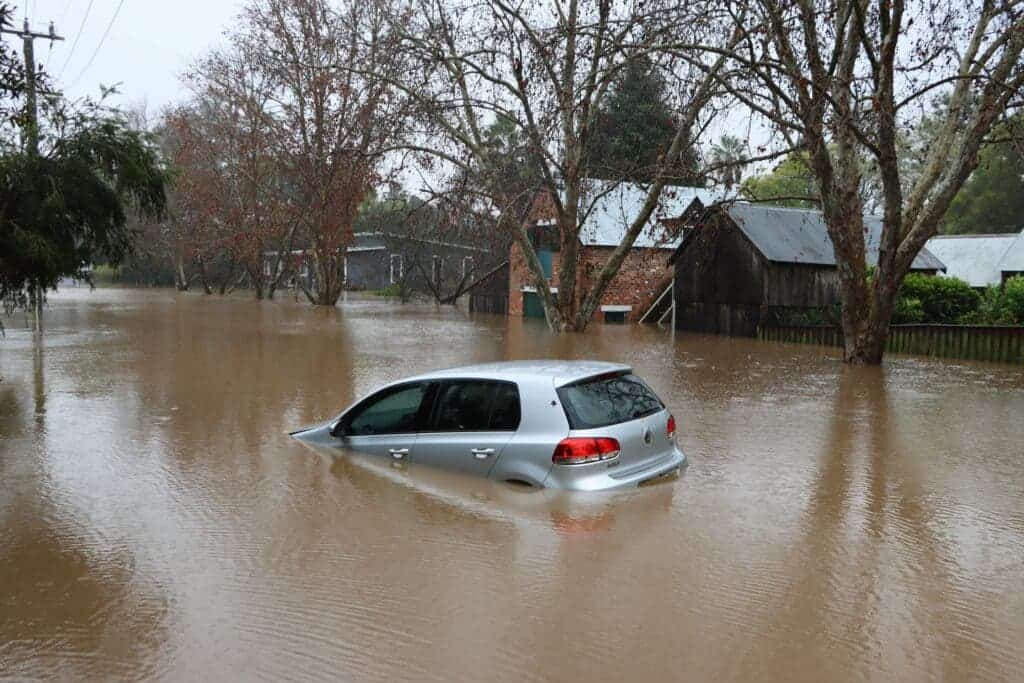Plagued by historic droughts and wildfires, California isn’t exactly the first place that comes to mind when discussing the risk of flooding. However, historical data shows California has also been subject to record rainfall and extreme floods, which could very likely happen more often as climate change kicks in, a new study has found.

Researchers found climate change has doubled the chances of weather conditions unleashing a flood as devastating as the Great Flood of 1862. Back then, 30 consecutive days of rain triggered severe flooding that affected most of the state and even changed the course of the Los Angeles River, relocating its mouth to Long Beach.
A similar storm today would displace 10 million people, shut down major interstate freeways for months and submerge population centers, including Fresno and parts of Los Angeles, the study estimated. It would be “bigger in almost every respect” than the storm of 1862, the study authors said, and cost over $1 trillion.
“Climate change has probably already doubled the risk of an extremely severe storm sequence in California, like the one in the study,” Daniel Swain, a climate scientist at the University of California Los Angeles and a co-author of the study, told NPR. “But each additional degree of warming is going to further increase that risk further.”
Flooding in California
The study follows many others describing the effects of a warmer planet, where higher temperatures allow the atmosphere to absorb and store more moisture. This can result in either drought and aridity or the massive release of water. The global average temperature has already increased 1.1 degrees Celsius and is on track to keep raising.
The researchers used existing climate models and new ones to understand how global warming increases the risk of a “megaflood” in California. They simulated how a series of storms over a month in the projected climate of 2100 would affect different parts of the state, finding that some locations could get more than 100 inches of rainfall.
Existing climate change, meaning the warning that has happened since 1862, when the record flood happened, makes it twice as likely that a similar scale flood occurs today. Hotter scenarios in the future would make storm systems even more frequent and intense, generating 200% to 400% more runoff in the Sierra Nevada mountains than today, for example.
The increased runoff would also trigger landslides and debris flows, especially in mountainous areas stripped of vegetation by wildfires, the researchers said. Shifts in extreme weather could affect the stability of California’s big collection of old dams and levees (more than 1,500 and two-thirds over 50 years old), exposing cities to flooding, they added.
Based on their findings, the researchers are now working with the California Department of Water Resources to develop maps to indicate where flooding could be worst and readiness strategies to reduce losses of lives and property. Preparing for flooding could mean letting water out of reservoirs preemptively and inundating floodplains, they said.
“Potential solutions to increasing flood risk do exist,” the study reads, listing actions such as forecast-informed reservoir operations and revised emergency evacuation plans. “Our hope is that the analysis described here can serve as a geographically portable framework for scenario-based emergency response and regional adaptation endeavors in the climate change era.”
The study was published in the journal Science Advances.









